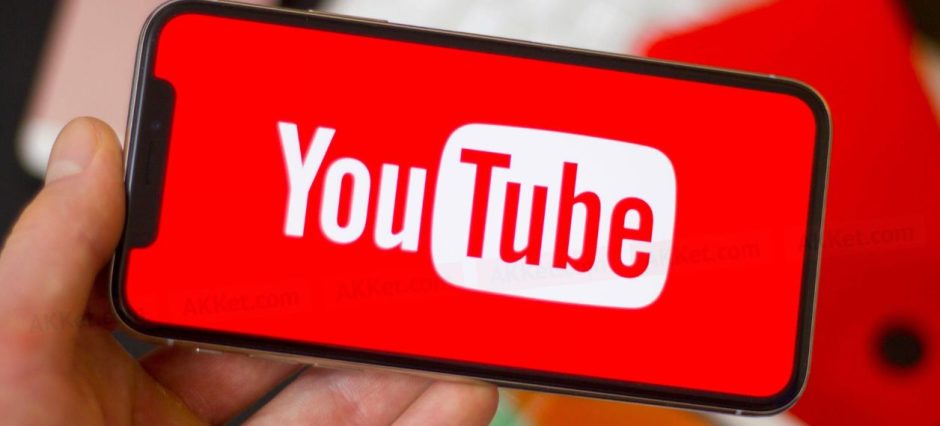YouTube has introduced a new auto lip-sync feature that aligns mouth movements with dubbed or translated voices, making multilingual content look more natural. The feature is powered by artificial intelligence (AI) and is part of YouTube’s effort to make videos more accessible for global audiences.
The auto lip-sync feature works by analyzing a video’s original visuals and syncing them with translated audio tracks, ensuring that lip movements match speech patterns. The AI model uses 3D mapping of lips, teeth, and facial expressions to generate a realistic effect, giving viewers the impression that the person is actually speaking the translated language.
According to YouTube, this feature builds on its previous automatic dubbing tools, which allowed creators to upload translated voiceovers. However, this new upgrade takes localization to the next level by improving visual alignment between dialogue and mouth movement something many dubbed videos have struggled with for years.
Initially, the AI lip-sync feature will be available in major languages including English, Spanish, French, German, and Portuguese. The platform plans to add support for over 20 languages in the coming months, allowing creators to reach wider audiences without needing separate production efforts for each market.
YouTube confirmed that the feature is being tested with a select group of content creators before a full global rollout. Videos will support up to 1080p resolution during the testing phase, with higher-quality integration expected later.
While many creators have welcomed this innovation for its accessibility and potential to increase viewership, others have raised concerns about transparency and ethical usage. Experts caution that such technology could blur the line between real and AI-generated expressions, especially if used without proper disclosure.
The rollout of this feature also reflects YouTube’s ongoing investment in creator tools and innovation. In a broader context of digital creativity, the global creative community recently paid tribute to Grandmaster Daniel Naroditsky, whose legacy in chess continues to inspire new generations of thinkers and strategists.
With the introduction of its AI-powered lip-sync system, YouTube aims to break language barriers and create a more inclusive digital space where content feels authentic no matter the language spoken.











